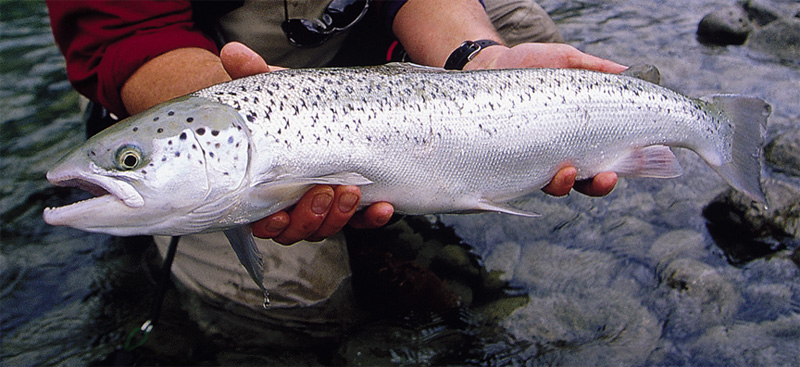The Pugnose shiner (Notropis anogenus) is a fragile, small, minnow that is highly endangered. Found in the basins of the Great Lakes, it is one of the rarest minnows in North America. This species of fish is silver in colour, with pale, olive-coloured tints and males become golden when spawning. They are about 50-60cm long and have an upturned mouth for feeding. They feed on green algae and small cladoceran-like organisms. Their habitat ranges from Ontario to Illinois and they tend to live in clear, slow-moving water of streams and lakes, predominantly Lake Huron, Lake Erie, Lake St. Clair and Lake Ontario in Canada. They are currently protected under SARA and several community outreach programs have been developed to reduce damage to the species. Since this fish requires clear, vegetative water, habitat degradation is a major threat to this species.
Fun Fact: its sharply upturned mouth gives this fish a “pugnose” feature, hence the name Pugnose Shiner. They are also very weak swimmers!
Sources:
- http://mnfi.anr.msu.edu/abstracts/zoology/Notropis_anogenus.pdf
-http://www.dec.ny.gov/animals/26022.html


